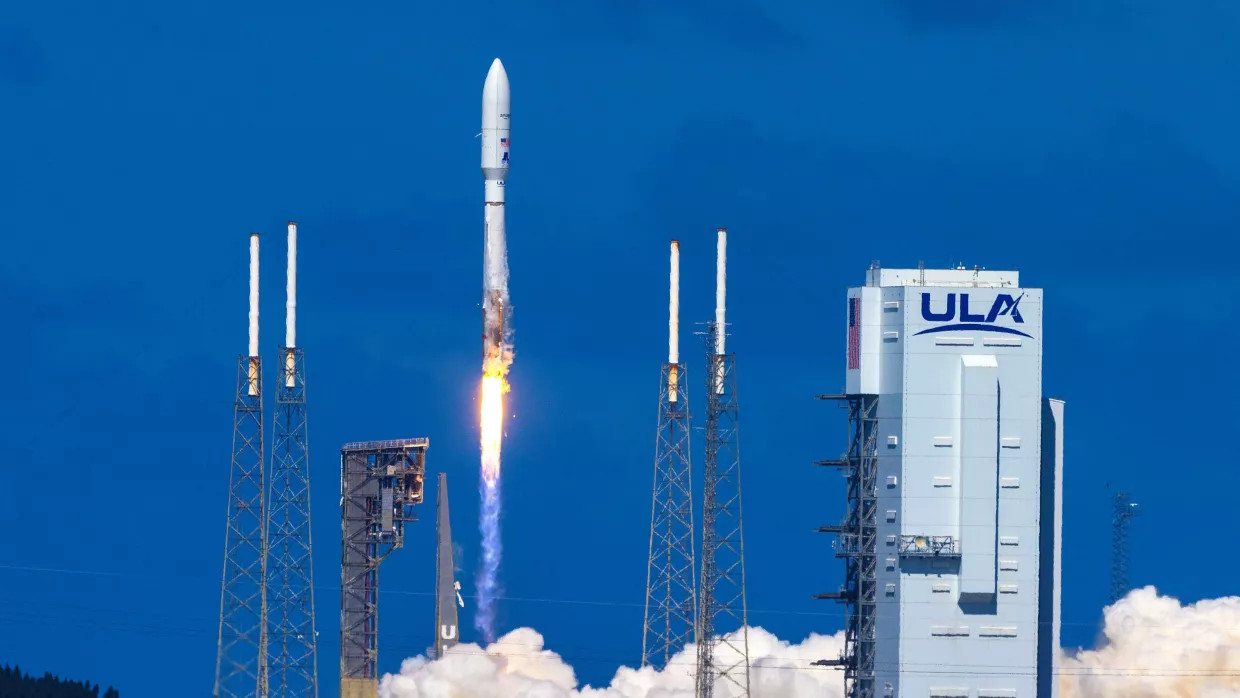
Full-scale deployment of Project Kuiper satellites will begin in the first half of 2024, with early customer pilots set to begin in the second half of the year.
Amazon is set to vie with Elon Musk’s Starlink satellite internet constellation with recent advancements in Project Kuiper that will beam high-speed internet to Earth.
After launching two satellites into space more than two months ago, the Project Kuiper team has successfully completed testing its optical mesh network in low-Earth orbit, a “critical system” that Amazon had kept confidential until yesterday (14 December).
Known as the optical inter-satellite link (OISL), this capability will allow Project Kuiper to “effectively function as a mesh network in space” according to project vice-president of technology Rajeev Badyal.
“This system is designed fully in-house to optimise for speed, cost and reliability, and the entire architecture has worked flawlessly from the very start,” he explained. “These immediate results are only possible because we approached our OISL architecture as one part of a fully integrated system design.”
Essentially, OISLs use infrared lasers to directly beam data between satellites in a constellation as they orbit the Earth. This is a step forward from the limitation of sending data between an individual satellite and antennas on the ground.
Advantages of creating this so-called “mesh network in space”, Amazon said, include increasing throughput and reducing latency across the constellation.
And because light travels faster in space than through glass, Amazon claimed Kuiper’s orbital laser mesh network can proceed data approximately 30pc faster than if it travelled the equivalent distance via terrestrial fibre optic cables.
Launched in 2019 as a project to take on SpaceX in the high-speed satellite internet space, Project Kuiper is the brainchild of Amazon CEO and founder Jeff Bezos, who is fascinated by space travel and has founded his own aerospace company called Blue Origin.
Amazon said full-scale deployment of Project Kuiper satellites will begin in the first half of 2024, with early customer pilots set to begin in the second half of the year.
“Amazon’s optical mesh network will furnish multiple paths to route data through space, creating resiliency and redundancy for customers who need to securely transport information around the world,” said Ricky Freeman, vice president of Kuiper Government Solutions.
“This is especially important for those looking to avoid communications architectures that can be intercepted or jammed, and we look to forward to making these capabilities available to public sector customers looking to proceed and land data from remote locations to their desired destination.”
As of October, Bloomberg reported that rival network Starklink surpassed 2m active customers this year, meaning that Amazon may have some catching up to do.
10 things you need to know direct to your inbox every weekday. Sign up for the Daily Brief, Silicon Republic’s digest of essential sci-tech news.

